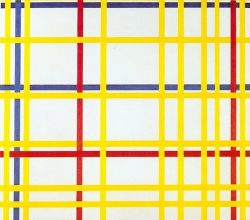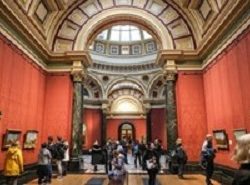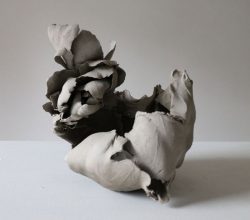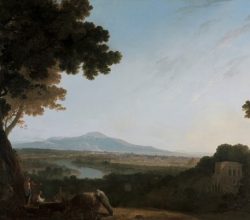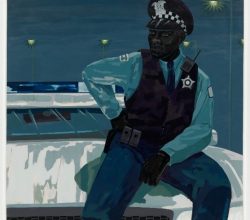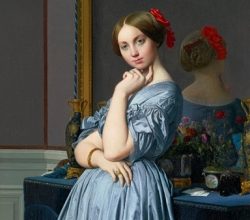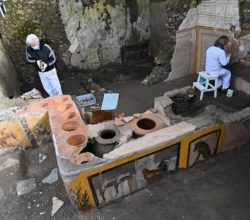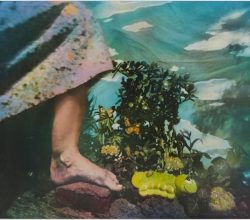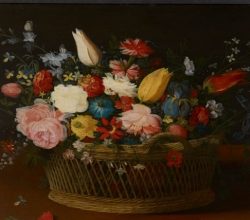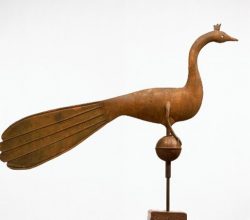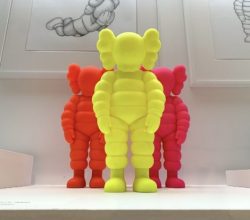
The X-ed out world of KAWS
Peter Schjeldahl | The New Yorker | 8th March 2021
Most critics hate the new KAWS exhibition. Why exactly? He can claim Pop art forebears – Warhol, for example, with his “conflations of fine art with demotic culture”. Or Koons, whose kitsch sculptures are “formally consummate … fantastically seductive”. The problem with KAWS is “the objects don’t feel motivated as art. They are aggressively ineloquent … like a diet of celery, which is said to consume more calories in the chewing than it provides to digestion”.

